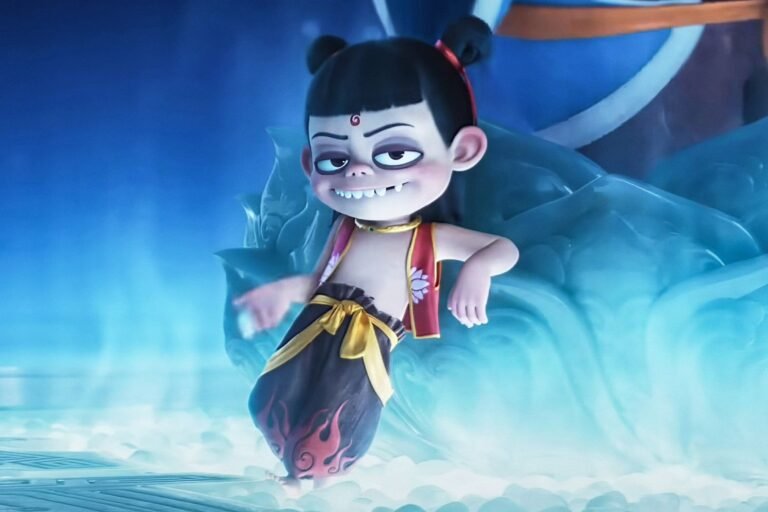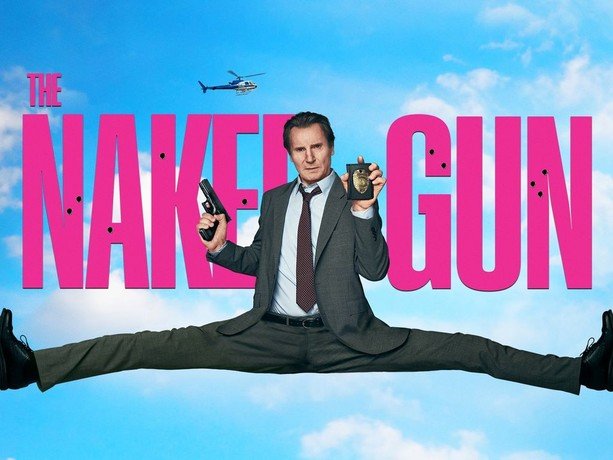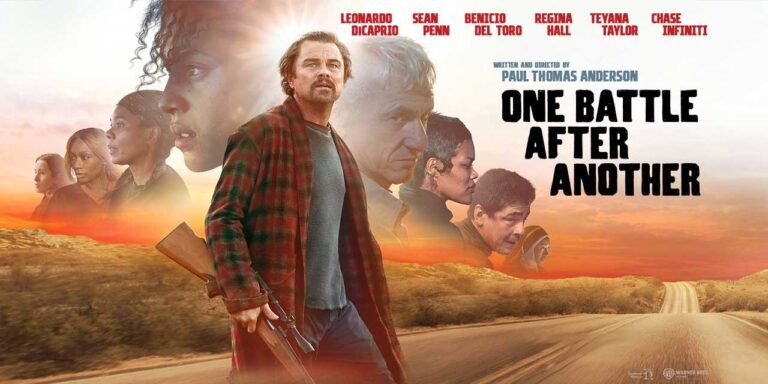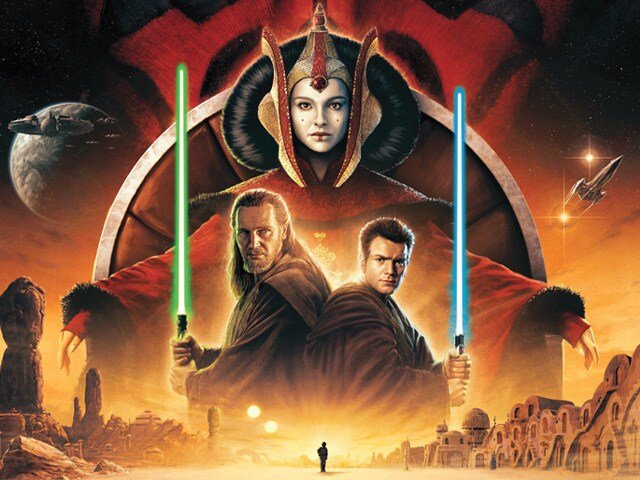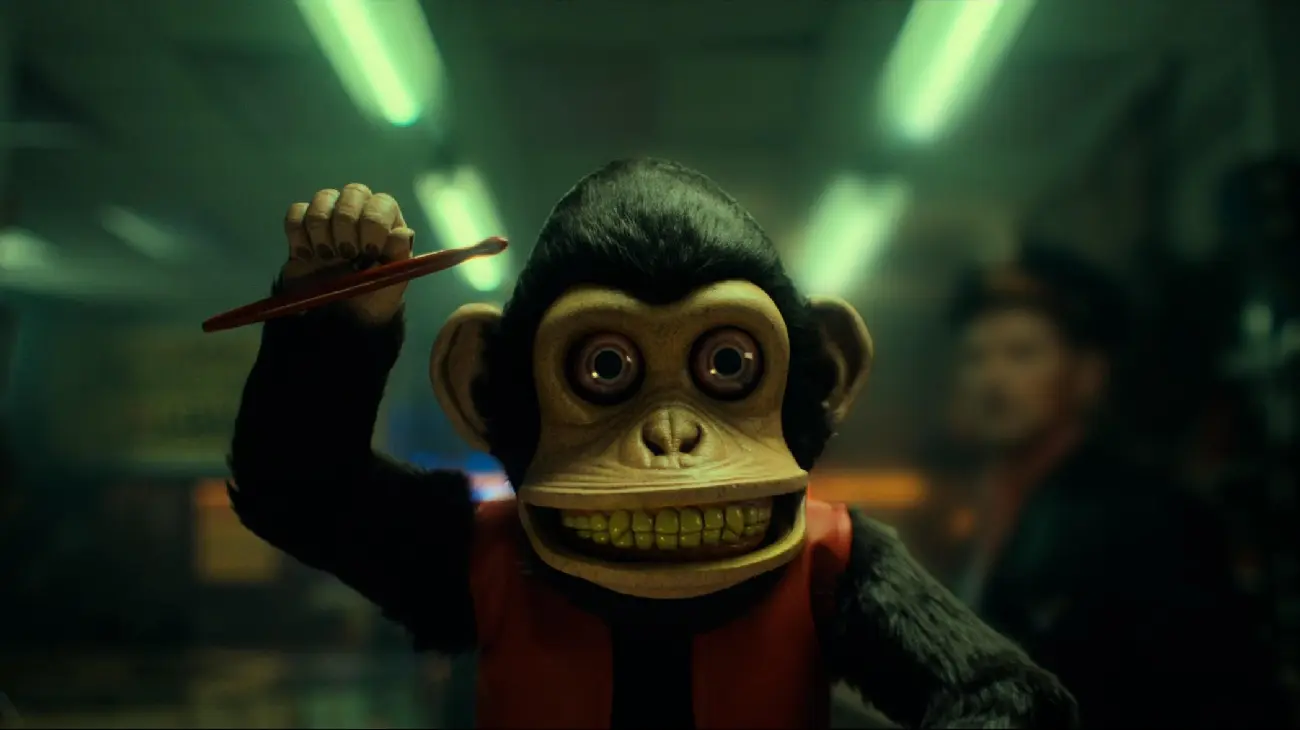
In the ever-evolving landscape of modern cinema, filmmakers are constantly pushing the boundaries of genre conventions, blending styles, and challenging audience expectations. One such director who has made a name for himself in this realm is Osgood Perkins, whose latest offering, “The Monkey” seeks to navigate the delicate balance between comedy and horror.
Based on a story by the legendary Stephen King, “The Monkey” follows the tale of twin brothers, Christian Cony and Tell James, who stumble upon a mysterious wind-up monkey toy. What begins as a seemingly innocuous discovery soon spirals into a series of gruesome and unexpected deaths, as the brothers are forced to confront the dark forces that have been unleashed.
In this in-depth analysis, we’ll delve into the intricacies of Perkins’ approach, exploring how he masterfully weaves together elements of humor and terror to create a truly unique cinematic experience. From the film’s marketing tactics to its technical execution, we’ll unpack the various layers that make “The Monkey” a standout entry in the genre-blending canon.
Navigating the Challenges of Genre Blending
One of the key aspects that sets “The Monkey” apart is Perkins’ bold decision to blend the realms of comedy and horror. This approach, while not entirely unprecedented, presents a unique set of challenges for the director to navigate.
As you mentioned in your video, Perkins’ previous success with “The Fog” in 2007 had positioned him as a priority for the studio, with the project initially slated to be directed by the acclaimed Frank Darabont. However, the production was ultimately canceled, only to be revived years later with Perkins at the helm, this time in partnership with James Wan’s Atomic Monster.
In the lead-up to the film’s release, Perkins and his team employed a savvy marketing strategy, positioning “The Monkey” as an innovative take on the horror genre, one that would seamlessly incorporate a healthy dose of comedy. This approach, according to your video, was a key factor in securing the distribution rights with Neon in the United States, as the film’s unique blend of genres generated significant industry buzz and interest.
Balancing Tones: The Delicate Dance of Comedy and Horror
At the heart of “The Monkey” lies Perkins’ challenge to strike the right balance between the film’s comedic and horrific elements. As you noted in your video, the director’s approach to this blending of genres is not one that takes the “easy path,” opting instead for a more nuanced and layered execution.
Unlike a production from a studio like Blumhouse, which might have leaned more heavily into the comedic aspects to appeal to a broader, younger audience, Perkins remains steadfast in his commitment to maintaining the film’s violent and unsettling nature. This decision, while potentially limiting the film’s commercial reach, speaks to Perkins’ artistic integrity and his desire to create a truly distinctive cinematic experience.
The film’s design and sound design play a crucial role in establishing the delicate balance between comedy and horror. As you mentioned, the way the audience perceives the monkey, from its drum-playing antics to the unexpected and shocking moments of violence, is integral to the overall tone and impact of the film.
Perkins also explores more sensitive themes, such as familial trauma, within the framework of the horror-comedy hybrid. However, as you noted, the execution of these thematic elements is not always as impactful as one might hope, with the director struggling to fully develop and sustain the emotional weight of these narrative threads.
The performances of the twin brothers, played by Christian Cony and Tell James, also contribute to the film’s tonal balance. While the physical differentiation between the characters is clear, the script’s reliance on “weak” dialogue and the lack of deeper character development can sometimes undermine the impact of the more dramatic moments.
Technical Execution: Elevating the Cinematic Experience
Despite the challenges inherent in blending comedy and horror, “The Monkey” showcases Perkins’ technical prowess as a filmmaker. The director’s attention to detail and his commitment to crafting a visually and aurally engaging experience are evident throughout the film.
As you highlighted in your video, the practical effects and sound design are particular standouts, with certain sequences becoming the film’s most memorable moments. The way the audience experiences the monkey’s presence, from its rhythmic drum-playing to the sudden bursts of violence, is a testament to the production team’s skill in creating a cohesive and immersive cinematic world.
However, the technical execution is not without its flaws. As you noted, the editing at times can feel disjointed, with the pacing struggling to maintain the necessary momentum to sustain the film’s more suspenseful and comedic beats. This uneven pacing can occasionally undermine the overall impact of the film, leaving the audience yearning for a more seamless and cohesive narrative flow.
Lessons Learned: Navigating the Challenges of Genre Blending
In the end, “The Monkey” stands as a testament to Osgood Perkins’ ambition and his willingness to take risks in the pursuit of a unique cinematic vision. While the film may not entirely succeed in its delicate balancing act, it nonetheless offers valuable insights into the challenges and opportunities inherent in blending genres.
As you mentioned in your video, Perkins’ strength lies in his ability to conceptualize and sell a compelling idea, but his weakness may be in the execution and development of that idea over the course of the narrative. This observation suggests that the director could potentially benefit from collaborating with a talented screenwriter, someone who could help refine and expand upon the thematic and emotional depth of the story.
Furthermore, the film’s marketing strategy, which you described as a key factor in its production and distribution, highlights the importance of effectively communicating a project’s unique selling points to both industry stakeholders and the general audience. Perkins and his team’s ability to position “The Monkey” as an innovative take on the horror-comedy genre was instrumental in securing the necessary support and resources to bring the film to life.
Ultimately, “The Monkey” stands as a thought-provoking exploration of the creative possibilities that arise when filmmakers are willing to challenge genre conventions and push the boundaries of what is expected from a cinematic experience. While the film may not be a resounding success, it serves as a valuable case study for aspiring directors and screenwriters navigating the complexities of genre blending in the ever-evolving landscape of modern cinema.
Embracing the Unexpected
In the end, “The Monkey” is a film that defies easy categorization, a cinematic experience that invites the audience to embrace the unexpected and the unconventional. Osgood Perkins’ bold vision, combined with his team’s technical prowess, has resulted in a work that, while not without its flaws, stands as a testament to the power of creative risk-taking in the world of filmmaking.
As you continue to explore the world of cinema and share your insights with your audience, I encourage you to keep an eye on the work of Osgood Perkins and other directors who are pushing the boundaries of genre and storytelling. By engaging with these innovative voices, you can continue to expand your own understanding of the art form and inspire your viewers to seek out the unexpected and the extraordinary in the world of film.
Thank you for the opportunity to delve into the complexities of “The Monkey” and to share my thoughts on Perkins’ unique approach to blending comedy and horror. I look forward to seeing what other cinematic gems you uncover and share with your growing community. Keep up the great work!
